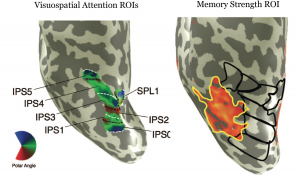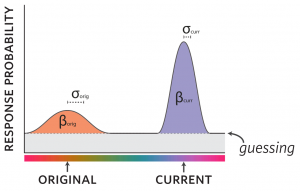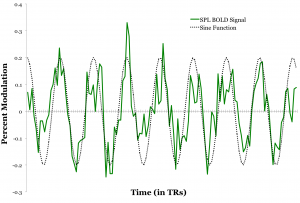 How is interacting with the past like interacting with the present?
How is interacting with the past like interacting with the present?
Our lab is interested in understanding how the brain is able to retrieve and selectively use details from our past in order to guide our ongoing actions. A critical step in gaining this understanding is to articulate the shared and distinct processes involved in recalling such perceptual details from the past versus those processes involved in extracting perceptual details from our ongoing sensory experience. In particular, we are interested in how it is that particular regions of the brain can support perceptual representations driven by both long-term memory systems and our sensory receptors, sometimes at the same time. We are also interested in whether the attention system of the brain that allows us to process the most relevant or salient information in our environment acts in the same way when we need to selectively process our memories.
How do past experiences shape our experience of the present?
Another line of research in the lab is understanding how our memories influence what aspects of the world we attend to and subsequently remember later on. What neural mechanisms underlie our ability to spot a familiar face in a crowd of strangers or notice a new store on our block? Much like the perceptual salience of our environment influences where and to what we attend, our memories color the landscape in ways that promote encoding of new information or highlight the reappearance of something from our past. In particular, we are interested in exploring how the various neural signals of memory influence the calculation of what is important in the environment, and the consequence of these calculations for what we learn and remember later on.
 How are these aspects of cognition implemented in the brain?
How are these aspects of cognition implemented in the brain?
The above lines of scientific inquiry can be pursued in many different ways. Our lab is primarily interested in using neuroimaging techniques in humans, including, but not limited to, functional magnetic resonance imaging (fMRI). These techniques permit us to measure how specific regions of the brain are engaged in a particular manner during memory and attention as well as the degree to which different brain regions might be communicating with one another. The goal is to then relate these measurements to meaningful behavior and additionally use them to refine our accounts and models of how memory and attention operate.
If you would like to learn more, please read some of our publications.
